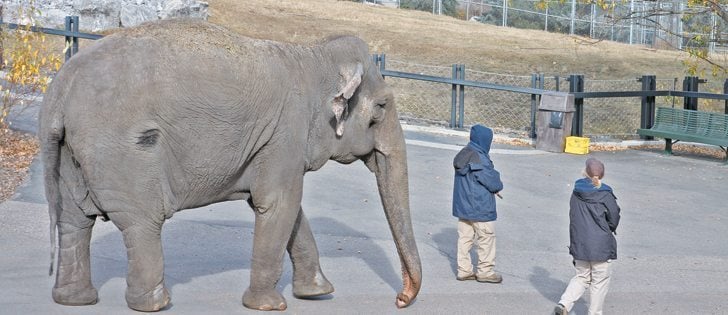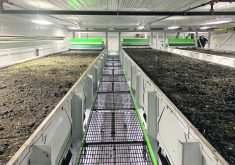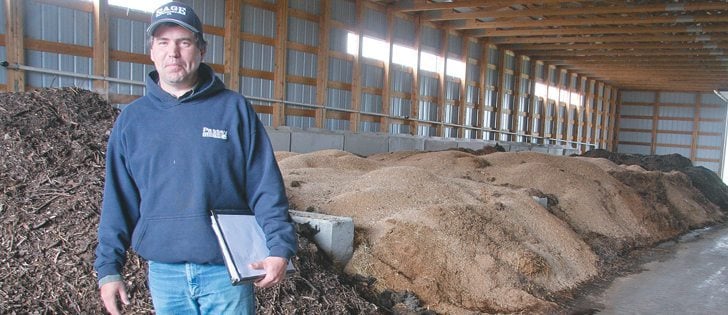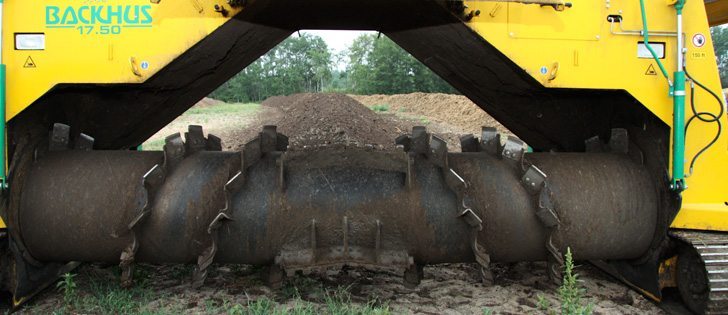Farmers have it relatively easy when it comes to handling their animals’ waste.
Manure from corrals and barns simply gets hauled to the field as added organic matter.
But where does zoo poo go?
The 37 tonnes of manure from the Calgary Zoo is recycled into compost through the city’s recycling program and used for gardening.
The zoo can buy the compost back for its gardens at a reduced fee.
Manure from Edmonton’s Valley Zoo is also turned into compost and used on the zoo’s environmental gardens.
Read Also

Canadian Food Inspection Agency slammed for handling of bovine tuberculosis case
The federal government leans heavily on producers to “take one for the team” and risk their livelihoods without any reassurance of support.
Officials don’t have an exact figure on the amount of manure produced by the zoo animals.
However, manure disposal is a different story at the Toronto Zoo, one of the largest zoos in Canada.
The Toronto Zoo has hired Zoo-Share to develop a plan to turn animal waste into electricity through North America’s first zoo biogas plant.
Nicholas Guthrie, investor relations co-ordinator with ZooShare, said the zoo is still looking for investors to help build the biogas plant, which will turn the 3,000 tonnes of annual zoo manure and 14,000 tonnes of food waste from a grocery store chain into electricity, heat and fertilizer.
The $5.4 million project hopes to raise funds through community bonds. It will be used to build a 500 kilowatt facility, which will produce one-third of the zoo’s electricity demand and reduce its carbon footprint.
ZooShare hopes to make money by selling electricity back to the electrical grid, charging to recycle waste and selling compost to farmers and gardeners.
Guthrie said funding delays and bureaucracy have delayed construction of the biodigestor. The zoo plans to start construction in spring and have it operating by fall.
An investor has promised $3 million if the group can raise another $1.9 million. As of September, the group has raised slightly more than $1 million.
The zoo now hauls its manure across the highway and places it in long windrows until it is turned into compost, which is used in the zoo’s gardens.
Contact mary.macarthur@producer.com















